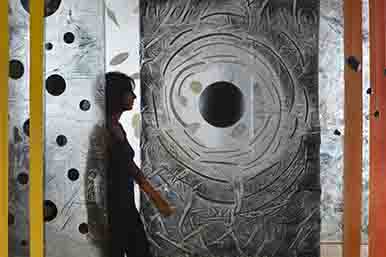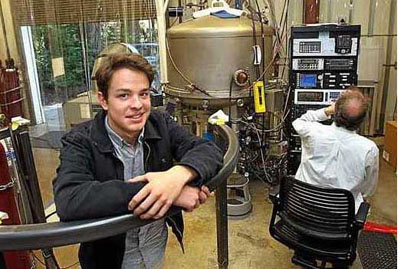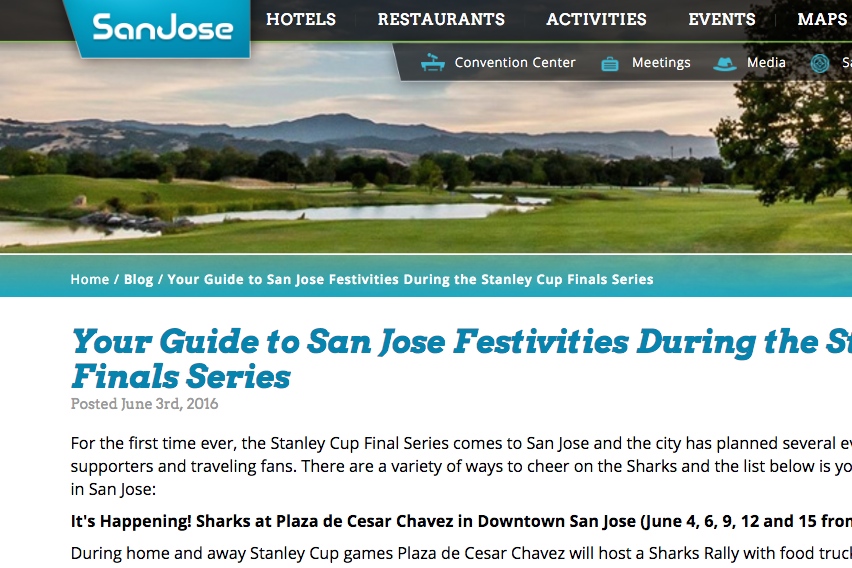News Stories
Mailing List

Installation by Russel Crotty
"Look Back in Time: Russell Crotty and Lick Observatory"
- October 15, 2016
Look Back in Time is the culmination of an unusual, two-year collaboration between the ICA, IAS, University of California Observatories (UCO), Lick Observatory Historical Collections Project, and Theoretical Astrophysics Santa Cruz, a faculty-working group at UC Santa Cruz. The exhibition can be viewd from Nov. 13, 2016 — Feb. 26, 2017 at the Institute for Contemporary Art in San Jose.

Dr. Terry Mast (Photo by Michael Bolte)
In Memoriam: Terry Mast (1943 - 2016)
- August 17, 2016
We are deeply saddened by the passing of Dr. Terry Mast on June 5, 2016. Terry made many fundamental contributions to the design and construction of the Keck 10-meter Telescopes and made equally important contributions to initiation of the Thirty-Meter Telescope project. He was a valued colleague and good friend to many in the UC astronomy community and beyond.

Student Spencer Cheledon at the Lick Observatory Shops at UC Santa Cruz.
Soquel teen develops new technology for astronomical telescopes
- July 26, 2016
Pacific Collegiate School student Spencer Cheleden has developed a new way to coat the enormous astronomical telescope mirrors during his summer research at UC Santa Cruz with research astronomer mentor Andrew Phillips.

The exoplanet discoveries include four in Earth’s size-range orbiting a single dwarf star.
Follow-Up Of Kepler Data Yields More Than 100 Confirmed Exoplanets
- July 18, 2016
International team reports the biggest haul of new worlds yet uncovered by NASA's K2 mission, including many worlds that could potentially support life.

Workers prepare the telescope for night-sky viewing.
Lick Observatory Featured in National Geographic Magazine
- June 29, 2016
You won’t be able to wander freely among the giant telescopes at the Lick Observatory and tickets aren’t easy to come by for its various events, but make the trip anyway because it's worth it. Getting to the observatory, set atop Mount Hamilton, is a ride of its own and the views (particularly the sunset from behind giant, bubble-like domes) are breathtaking. Budding astronomers will like that the observatory boasts the world’s first permanently occupied mountaintop telescope.

Astronomy student Jennifer Burt.
The Sky Is No Limit For Planet-Hunting Grad Student
- June 7, 2016
Astronomy student Jennifer Burt helped write software that turned a powerful telescope at Lick Observatory into the first automated planet finder in the world.

The SanJose.org website.
Lick Observatory Makes SanJose.org's List of Things To Do in San Jose
- June 3, 2016
Sharks territory extends to the top of Mount Hamilton at the iconic Lick Observatory, where visitors can enjoy stunning views from 4,200 feet above the valley and see one of the largest refracting telescopes in the world. Discover how physicist Stephen Hawking is working with Lick Observatory on the biggest scientific search for intelligent life in the universe.

Artist's concept of planetary discoveries by NASA's Kepler space telescope.
Kepler Detects Nearly 1,300 More Planets Orbiting Distant Stars
- May 11, 2016
Astronomers monitoring the Kepler space telescope have detected nearly 1,300 planets flying in orbit around distant stars, a cosmic search that began nearly 10 years ago inside a rusty old telescope dome at the Lick Observatory atop Mount Hamilton near San Jose.

Inside the Great Refractor by Laurie Hatch.
More Concerts and Public Telescope Viewings Planned for Annual Summer Series at Lick Observatory
- April 11, 2016
Tickets for the popular Summer Series at UC’s Lick Observatory will go on sale Friday, April 8, for Friends of Lick Observatory (FoLO) members and Friday, April 15, for the general public at ucsctickets.com. The 2016 program will feature more live music, evening astronomy lectures from world-renowned astronomers, and opportunities for the public to view celestial objects through two historic telescopes.
Media Information
Media Relations
media@ucolick.org
